Beginner’s SEO: Make Your Project Visible on Google

Why SEO Matters for Beginners
When you launch a new project online, visibility is everything. No matter how innovative your idea or high-quality your product is, if people can’t find it, it might as well not exist. This is where Search Engine Optimization (SEO) comes in — the process of improving your website so that it appears higher in search engine results.
For beginners, SEO is not just a marketing tool; it’s a way to connect with the right audience at the right time. Most users trust search engines like Google to guide them to relevant content, and they rarely look past the first page of results. Being on that first page can mean the difference between a trickle of visitors and a steady stream of potential customers or followers.
Good SEO practices help your website gain credibility in the eyes of both search engines and users. When your content is optimized, it becomes easier for Google to understand what your site is about and match it with relevant searches. This increases your chances of attracting visitors who are already interested in what you offer, making them more likely to engage, subscribe, or make a purchase.
Another reason SEO matters for beginners is its long-term value. Unlike paid ads, which stop bringing traffic once your budget runs out, well-executed SEO can continue to generate organic visitors for months or even years after your initial effort. This makes it a cost-effective strategy for building sustainable growth, especially when starting with limited resources.
In short, understanding SEO from the beginning empowers you to lay a strong foundation for your online presence, helping you grow faster, smarter, and with more lasting results.
Understanding How Google Finds and Ranks Your Site
Before your website can appear in search results, Google needs to discover and analyze it. This process involves three main steps: crawling, indexing, and ranking.
1. Crawling: Google uses automated programs called Googlebots (or spiders) to explore the web. These bots visit web pages, follow links, and collect information about the content. If your site is new or has few external links, it might take longer for Google to find it. Submitting your site directly to Google Search Console can help speed up the process.
2. Indexing: Once your site is crawled, Google stores the gathered information in its vast database — known as the index. During indexing, Google analyzes the text, images, videos, and structure of your pages to understand their topics and context. Clear navigation, descriptive headings, and optimized meta tags make this process easier.
3. Ranking: When a user performs a search, Google’s algorithms decide which pages to show and in what order. The ranking process takes into account hundreds of factors, such as relevance to the search query, quality of content, site loading speed, and mobile-friendliness. The goal is to display the most useful and trustworthy results for the user.
Google also evaluates signals like backlinks (links from other websites pointing to yours) and user engagement metrics (e.g., time spent on page) to assess the authority and usefulness of your site. Consistently providing valuable, well-structured content increases your chances of ranking higher.
It’s important to remember that ranking is not instant. Even after being indexed, it can take time for your site to climb in search results as Google collects more data about your performance and relevance.
Choosing the Right Keywords for Your Project
Keywords are the bridge between what people type into Google and the content you offer. Selecting the right ones ensures that your project reaches the audience most likely to be interested in it.
1. Understand Your Audience: Start by identifying the words and phrases your target audience might use. Think about their needs, questions, and problems. The way a beginner searches for information can differ greatly from an expert in the field.
2. Use Keyword Research Tools: Platforms like Google Keyword Planner, Ubersuggest, or Ahrefs can reveal search volume, competition level, and related terms. This helps you spot opportunities where there’s good search demand but less competition.
3. Focus on Long-Tail Keywords: These are longer, more specific phrases (e.g., "best running shoes for flat feet" instead of just "running shoes"). They typically attract fewer searches, but the visitors they bring are more likely to take action because the query is precise.
4. Consider Search Intent: Every keyword has an underlying purpose — informational, navigational, or transactional. Matching your content to the correct intent increases the chances of satisfying the visitor and improving your ranking.
5. Balance Popularity and Competition: A highly popular keyword may drive more traffic, but if competition is fierce, it can be difficult to rank. Aim for a mix of moderately competitive keywords for quicker results and some broader ones for long-term goals.
6. Organize Keywords Strategically: Group related keywords together and assign them to specific pages. Avoid trying to target too many keywords on a single page, as this can dilute the relevance in Google’s eyes.
By carefully choosing your keywords, you set the foundation for content that resonates with your audience and aligns with how they search online.
On-Page SEO Basics: Titles, Headings, and Meta Descriptions
On-page SEO focuses on elements you can directly control within your web pages to help search engines understand and rank your content. Among the most influential are the title tag, headings, and meta description.
1. Title Tag: This is the clickable headline that appears in search engine results and the browser tab. It should be unique for each page, contain your primary keyword, and remain under approximately 60 characters to avoid being cut off in results. A well-crafted title not only tells Google what your page is about but also encourages users to click.
2. Headings (H1, H2, H3, etc.): Headings structure your content for both readers and search engines. The H1 is the main title of the page (used only once), while H2 and H3 organize subtopics. Search engines use these headings to understand the hierarchy and main themes of your content. Clear, descriptive headings also improve readability and help visitors scan the page quickly.
3. Meta Description: Although it doesn’t directly impact ranking, the meta description influences whether users click your link in search results. It should be a concise summary of your page, ideally under 160 characters, and include the primary keyword naturally. Think of it as your opportunity to “pitch” the value of your page to potential visitors.
4. Keyword Placement and Relevance: Incorporating keywords naturally into your title tag, headings, and meta description helps Google connect your page with relevant search queries. Avoid keyword stuffing, which can harm readability and search performance.
5. Consistency Across Elements: Your title, headings, and meta description should align in meaning and tone. This consistency reassures both search engines and users that your content matches their expectations.
By optimizing these on-page elements, you increase your chances of standing out in search results and guiding both algorithms and readers toward your most important content.
Ready to showcase your project?
Join thousands of developers and entrepreneurs who have already listed their websites in our directory. Get discovered by potential users and grow your audience.
Free to list • Instant approval • No hidden fees
Frequently Asked Questions
What is the main purpose of the title tag in SEO?
Why should meta descriptions be under 160 characters?
Related articles
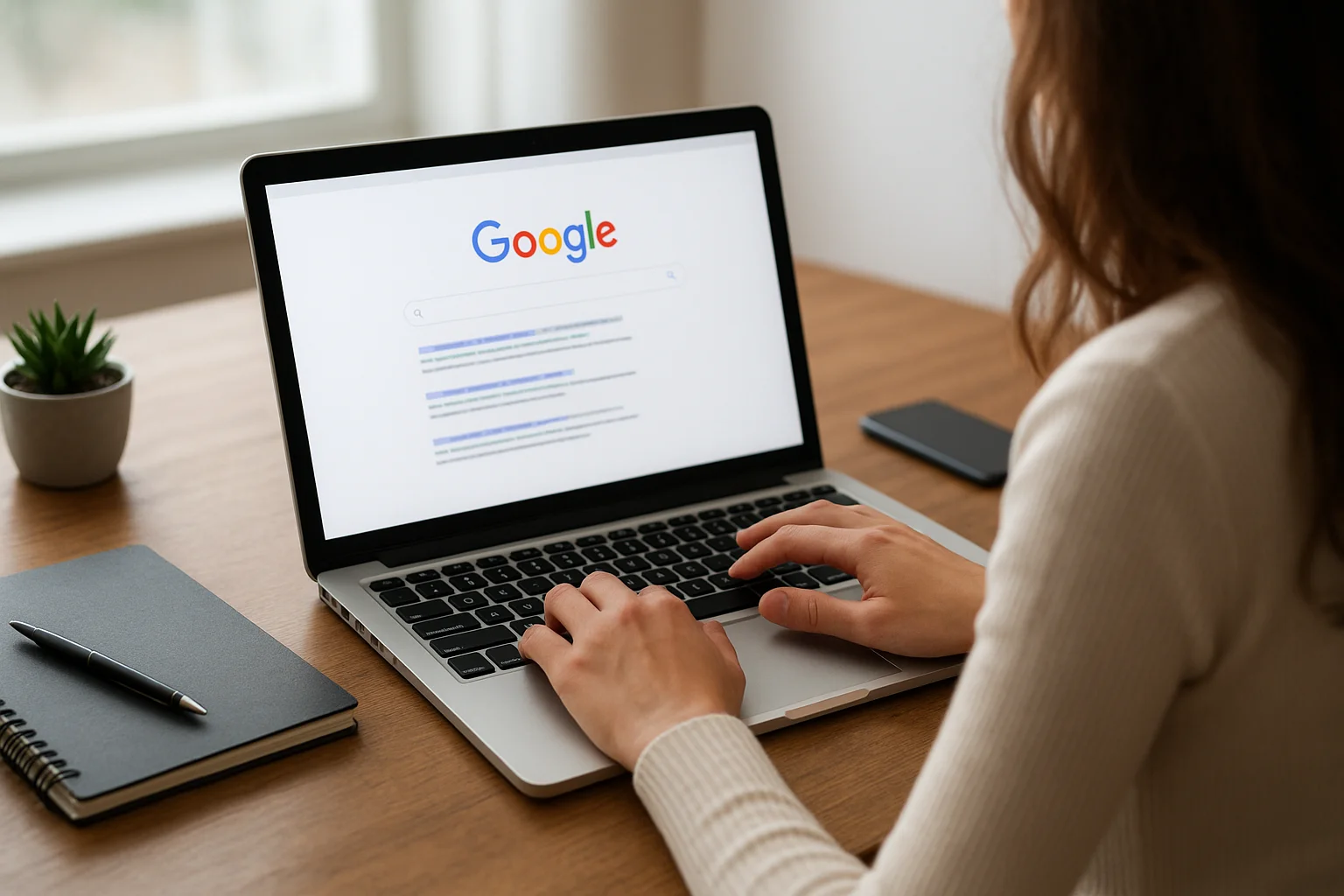
How to Optimize Your Project Pages for Faster Google Indexing
Boost your project pages’ visibility by speeding up Google indexing. Learn actionable strategies from URL optimization to structured data, internal linking, and content tips for faster search engine recognition.

Quick Fixes for Google Indexing Errors
Struggling with Google indexing errors? This guide explores quick and practical fixes to help your pages appear in search results faster. Learn how to resolve common issues like “Crawled – Not Indexed,” blocked URLs, and duplicate content while ensuring your site remains fully optimized for long-term SEO success.
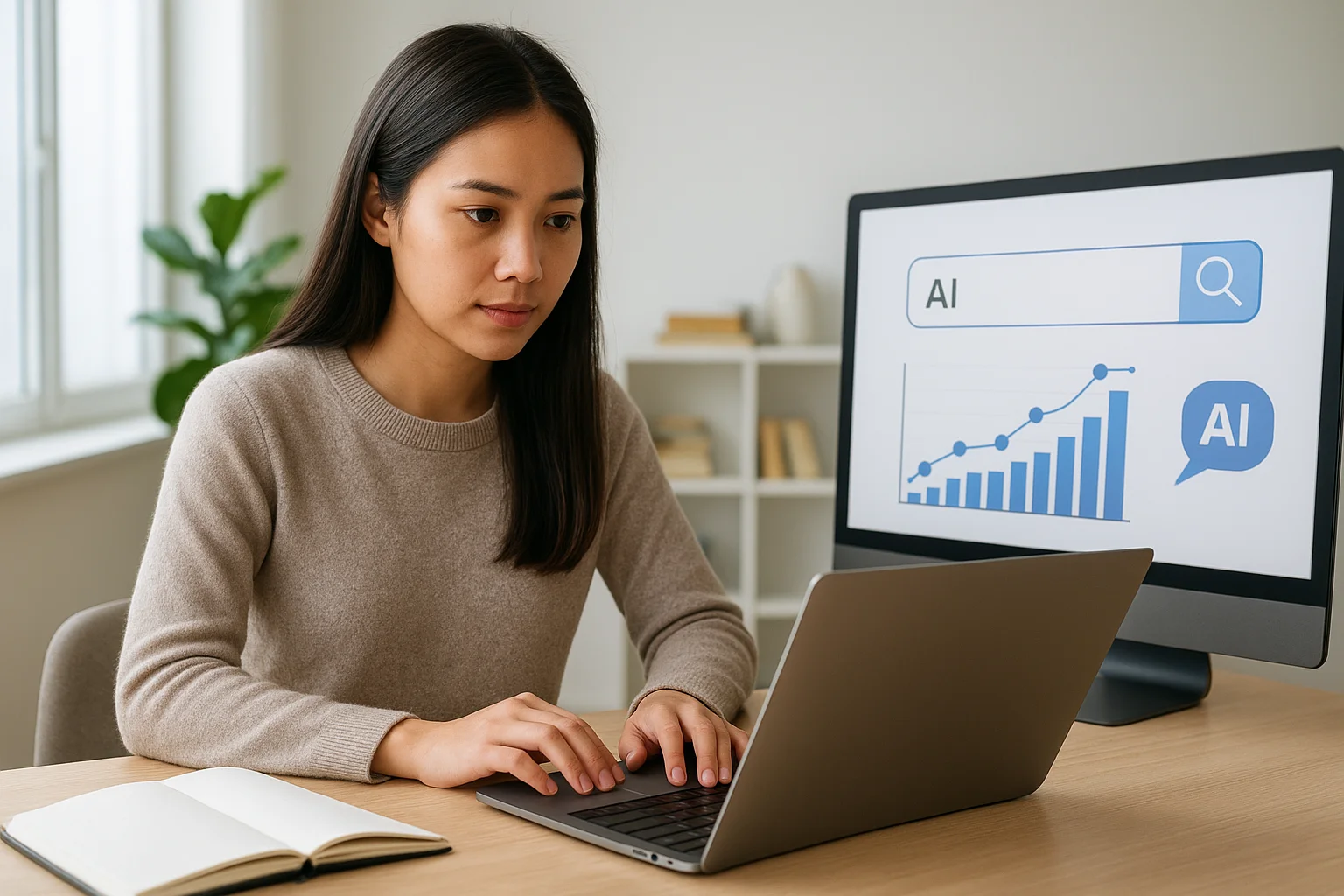
SEO Trends to Watch in 2025 for Startups
Discover the key SEO trends shaping 2025 and learn how startups can adapt to stay competitive. From AI-powered search and voice optimization to EEAT and zero-click results, this guide explores practical strategies to boost online visibility and long-term growth.
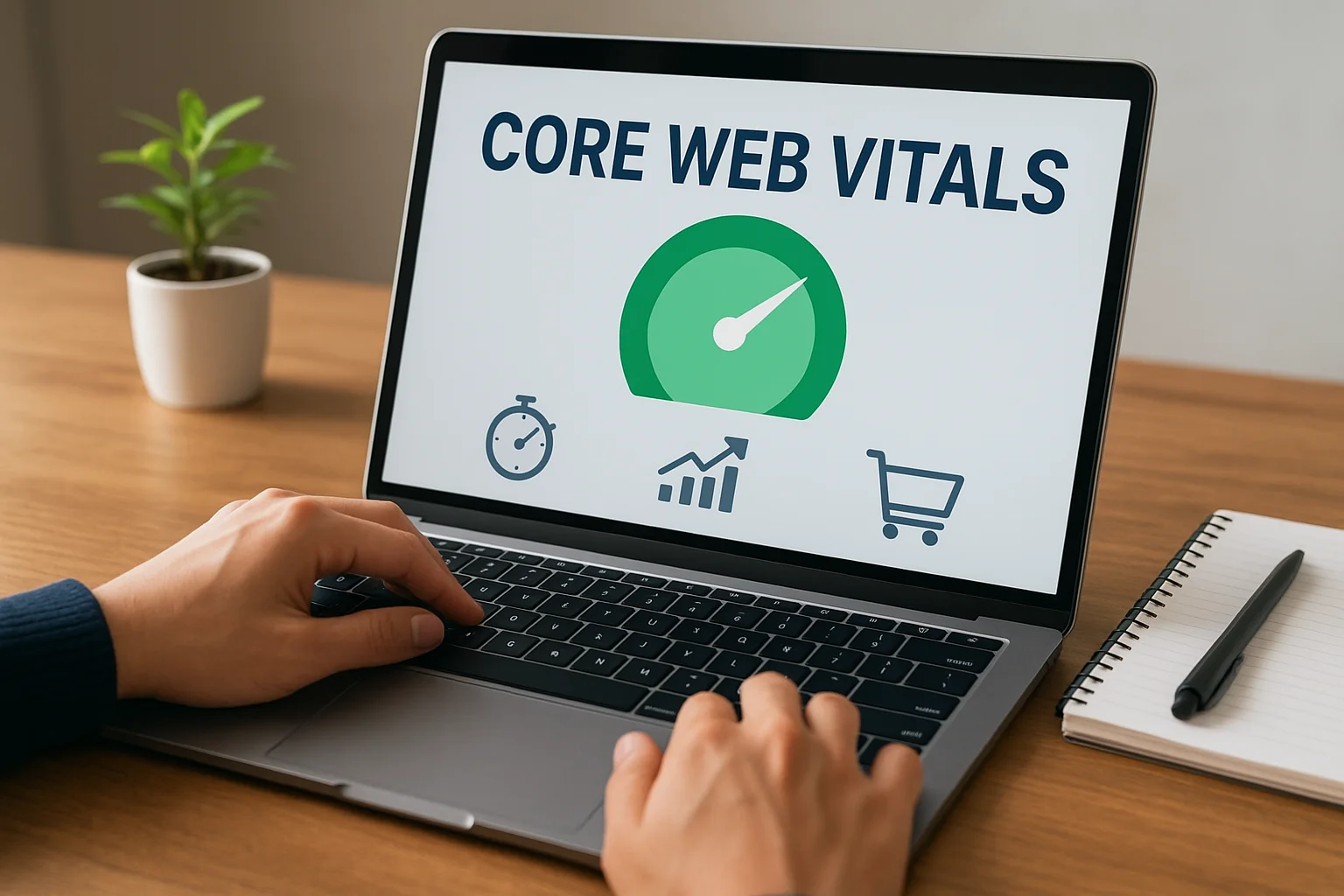
The Impact of Core Web Vitals on Rankings and Conversions
Core Web Vitals are key performance metrics that Google uses to measure user experience. They influence not only search engine rankings but also how visitors interact with your website. A fast, stable, and responsive site improves visibility, boosts engagement, and increases conversions. Understanding and optimizing these metrics is essential for businesses looking to grow online.
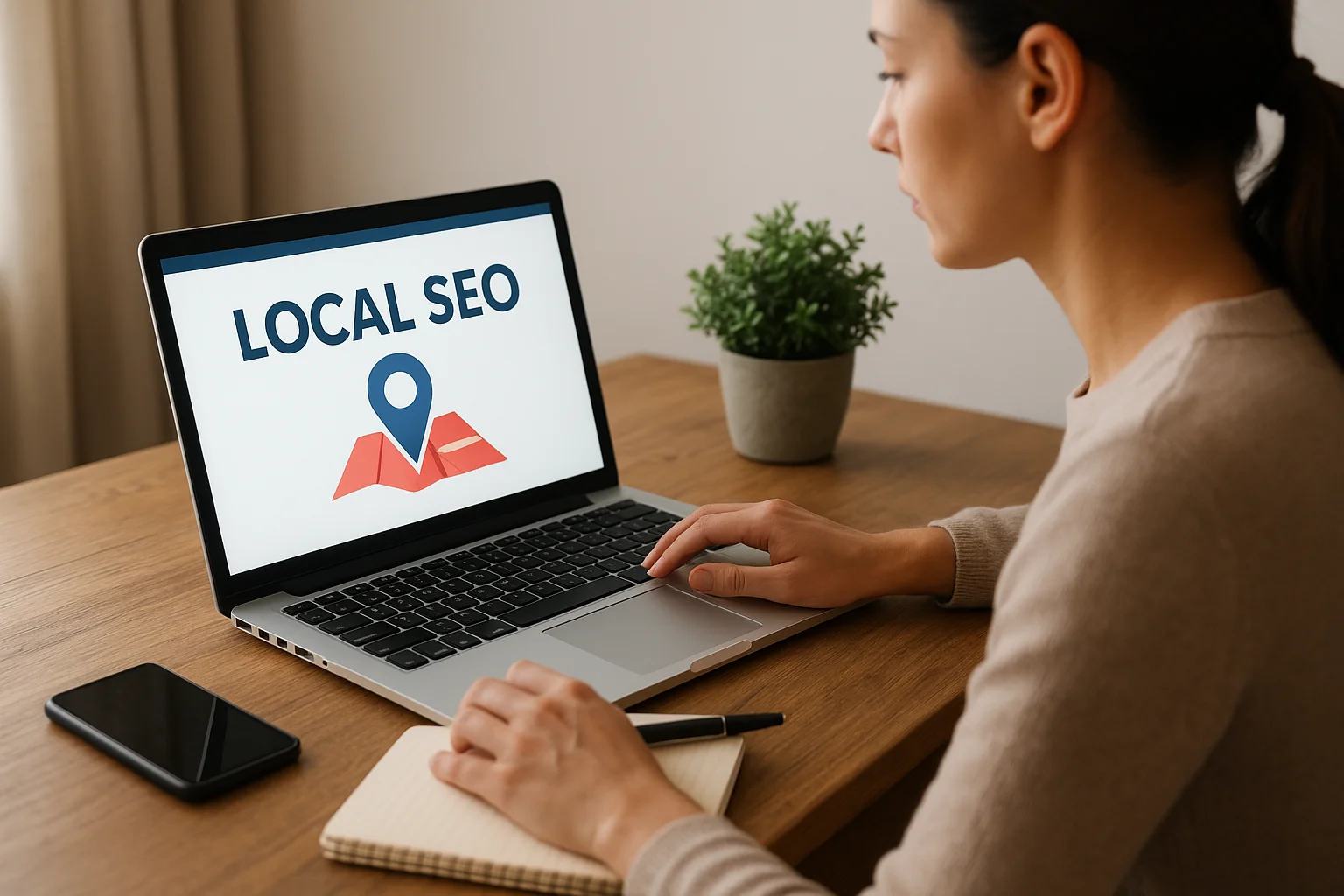
Local SEO for Small Projects: A Practical Guide
Local SEO is essential for small projects aiming to attract nearby customers. This guide covers practical strategies—from Google Business optimization and keyword research to managing reviews and local links—to help your business get noticed locally and grow effectively.
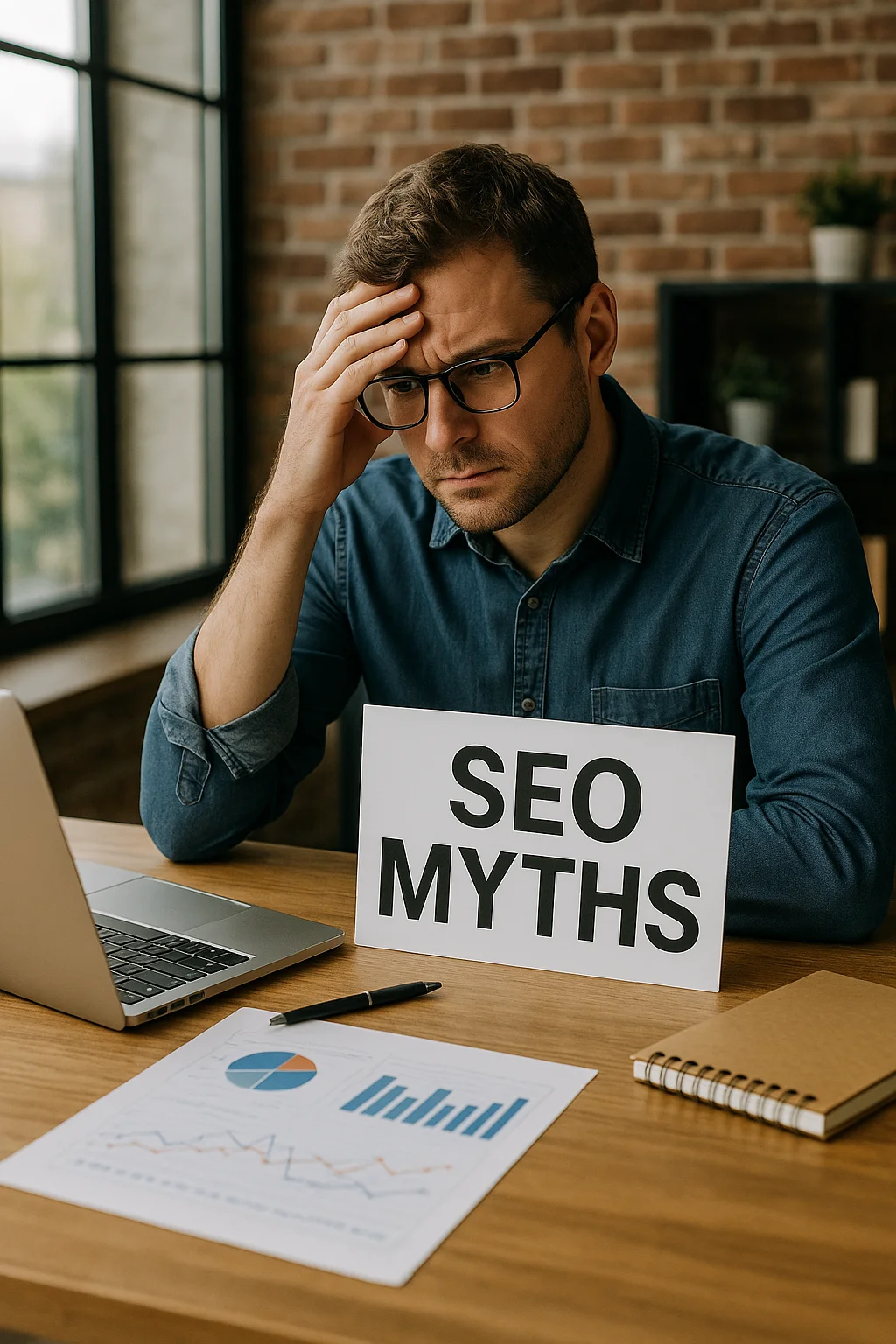
SEO Myths That Are Holding Back Your Project
Many businesses waste time on outdated SEO advice. From overvaluing keywords to chasing low-quality links, myths can stall your growth. This post debunks common SEO misconceptions and shows what strategies truly drive results.
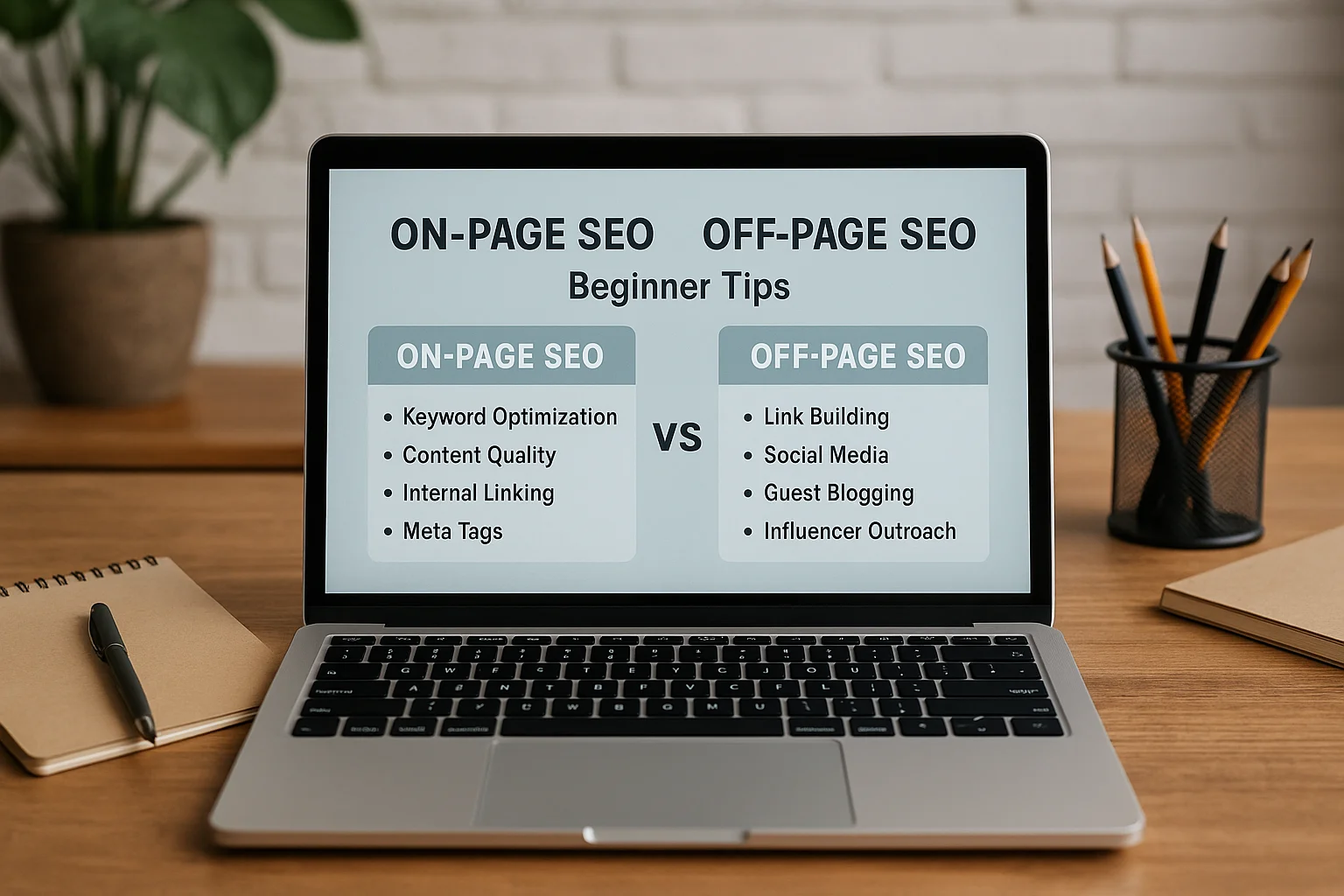
On-Page vs Off-Page SEO: A Beginner’s Guide
SEO can be confusing for beginners, but understanding the difference between On-Page and Off-Page SEO is essential. On-Page SEO focuses on optimizing your website’s content and structure, while Off-Page SEO builds authority through backlinks and online presence. This guide breaks down the basics to help you start improving your site’s search rankings today.
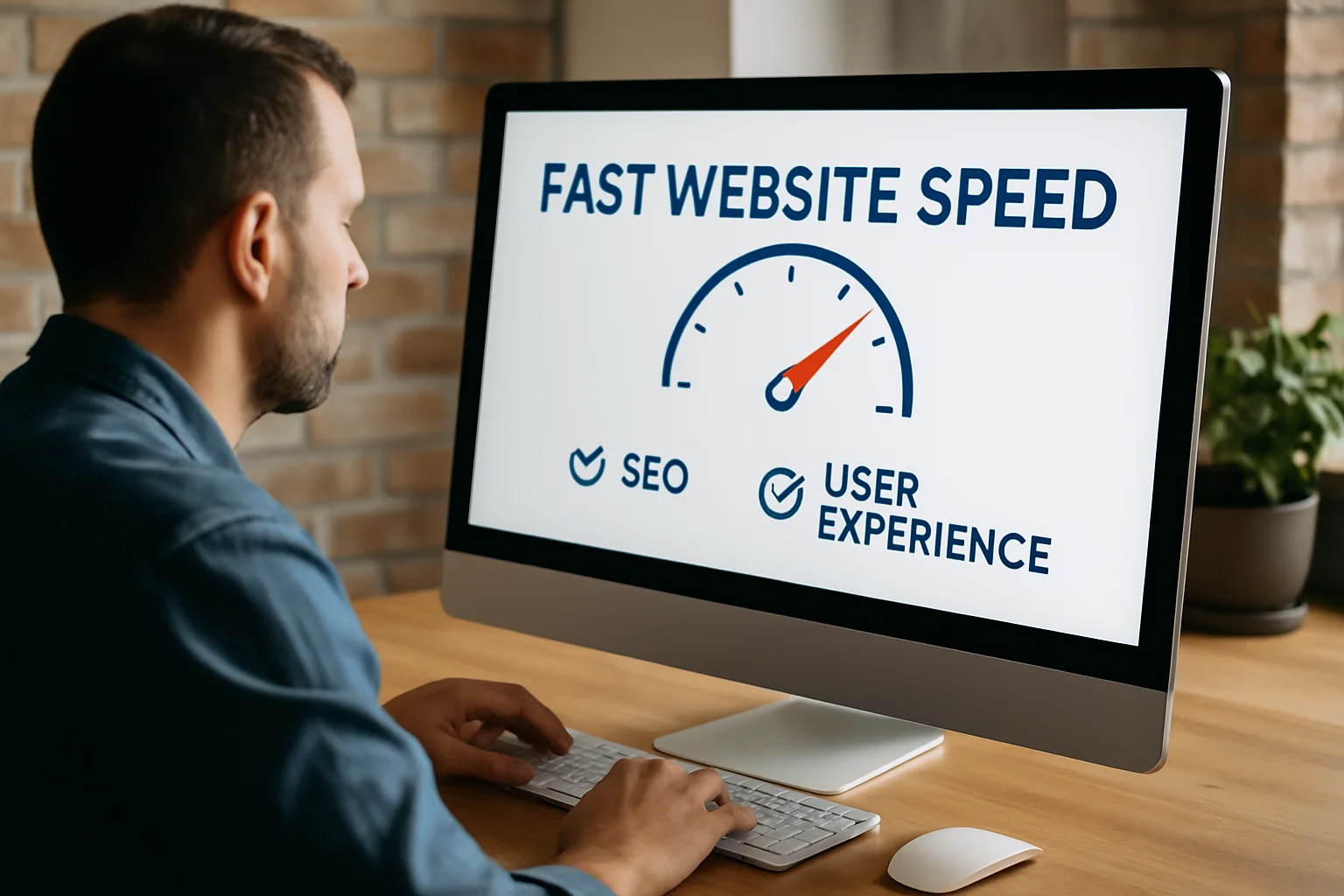
The Importance of Site Speed for SEO and User Experience
Site speed is a critical factor for both search engine rankings and user experience. Slow-loading pages frustrate visitors, increase bounce rates, and hurt conversions. This article explores why speed matters, how it affects SEO, and practical tips to make your website faster.

How to Perform a Simple SEO Audit for Your Website
Conducting an SEO audit doesn’t need to be complex. With a few simple steps, you can evaluate your site’s performance, uncover technical issues, optimize on-page elements, and strengthen your SEO strategy. This guide will walk you through the essential checks to ensure your website is both search engine and user-friendly.